ABOVE Vespula Rufa Nest !!!
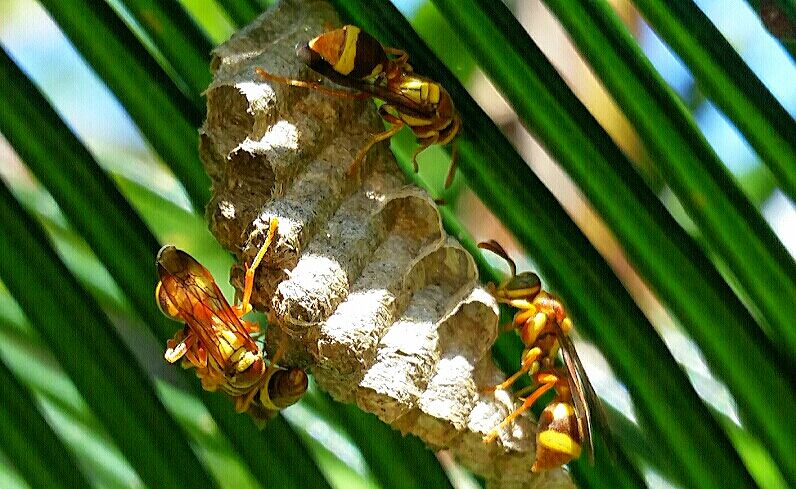
Vespula rufa, commonly known as red wasps, is a kind of social wasp belonging to the genus Vespula. It is found in northern and central Europe, parts of Asia, and northern part of North America
Vespula rufa, commonly known as red wasps, is a kind of social wasp belonging to the genus Vespula. It is found in northern and central Europe, parts of Asia, and northern part of North America. Vespula rufa is characterized by red brown marks and body segmentation, with appearances varying between the roles of different individuals in the species. This wasp built a small nest in a dry bank that was not far below the surface. The colony cycle begins in autumn. Vespula rufa feeds on live insects. One interesting fact about Vespula rufa is that the queen's policing occurs on the species, and workers policing occurs at a much lower rate than other species in the Vespula genus. There are predators and parasites of the species. This species passes through a series of events before leaving its nest.
Habitat
Open the situation, e.g. Opening forests, moorlands and hedging banks, are less common in urban areas. The nest is usually underground in a dry state, often shaded, close to the surface of the soil, even under layers of leaf litter or moss. Also on the hollow tree stump and suspended from the tree roots in the basin on the ground. Its nests are rarely on the ground (in thick bushes, cavity walls, bird boxes and roofs) but less so in the city.
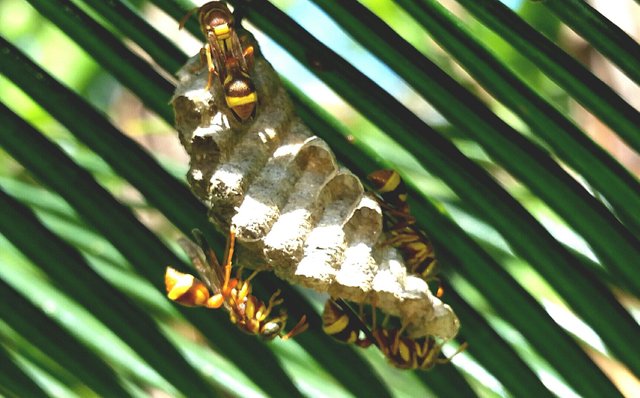
Flight periode
This social wasp has an annual biography with the queen over wintering that emerged from late March to early May, with the first worker appearing as an adult Hornet from late May to mid-June. New sex emerged from the end of July; Mating usually from early August. After mating death men and women enter the joint location. The remaining colonies died in September.
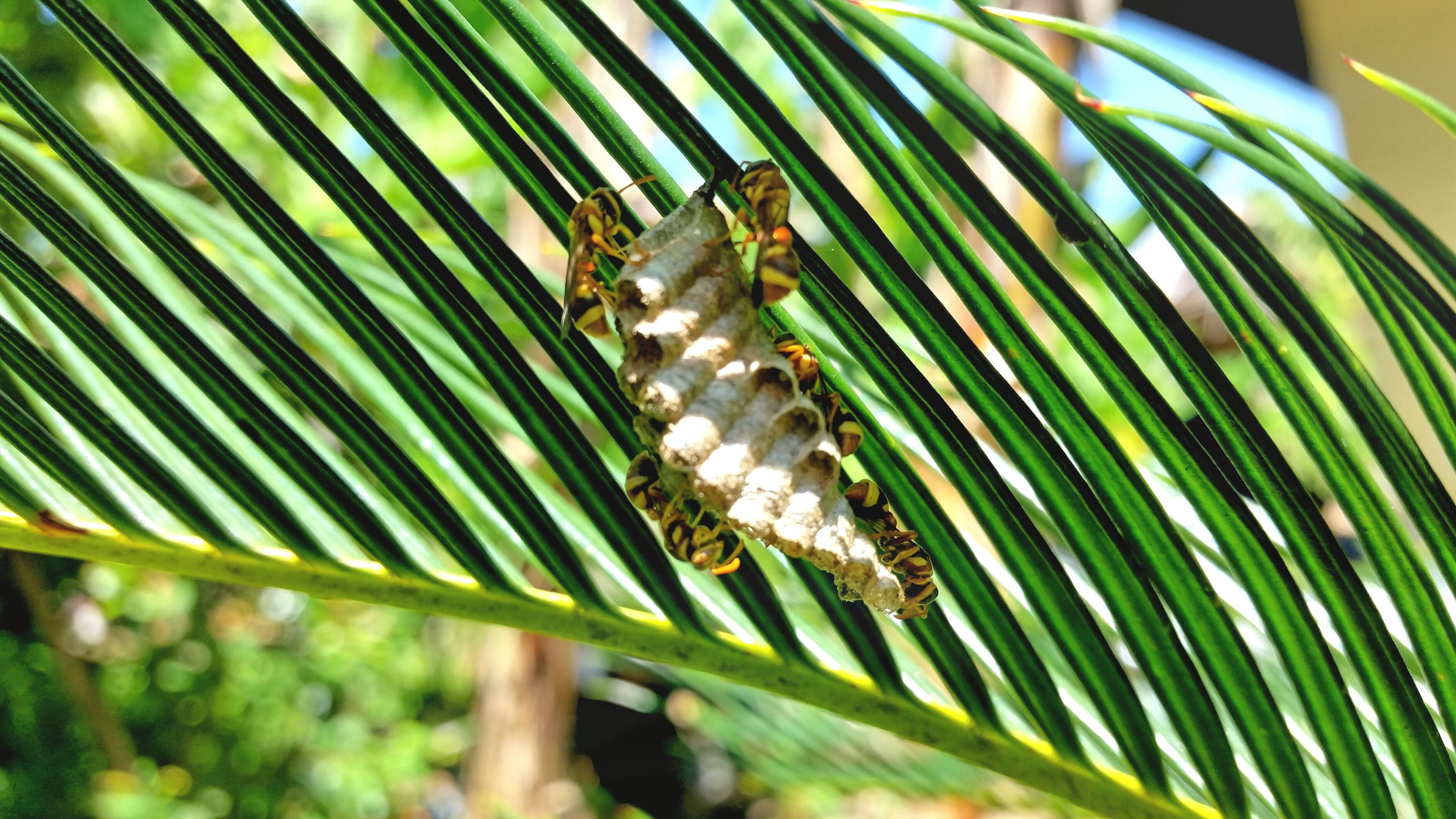
Prey
- Main food larvae
- are usually insects
- and spiders.
Biology nesting
The Queen builds the early 'queen nest' and revives the first worker. These workers begin to feed and carry out all the nest buildings and parental maintenance activities. The first cell, where workers and most men are held, is small (about 4 mm in diameter). Later in this season a larger cell (about 6 mm in diameter) was built, where queens and several men were kept.
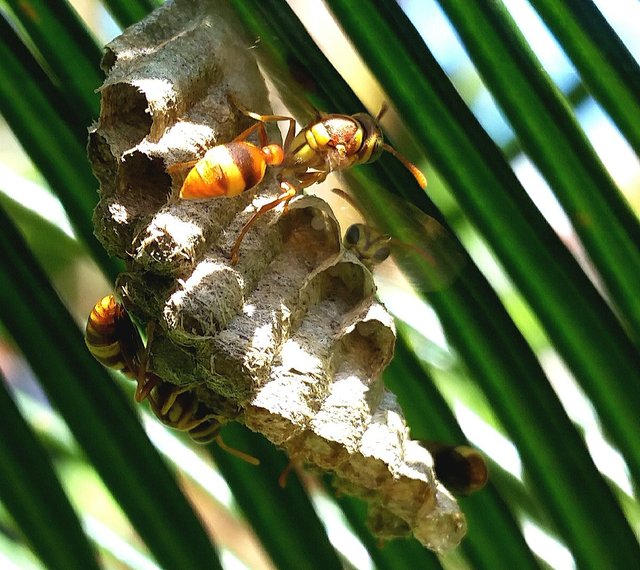
Workers Policing
With regard to conflicts over who gives birth to men, the police refers to the process in which individual workers are prohibited from reproduction. Policing can be done by queens or workers. Two different approaches can be taken to achieve police: eggs that workers put down can be eliminated or the reproduction of workers can be handled aggressively. According to the theory of choosing relatives, the queen must do policing because the queen is closer to their son than the boy of their worker - that is their daughter. When the status queen with many men, workers should be the police because generally close relatives are the queen's siblings than the working children. Vespula rufa has a much lower level of policing than any other species in its genus. In addition, the queen provides a large enough percentage of eggs placed by workers in the species.
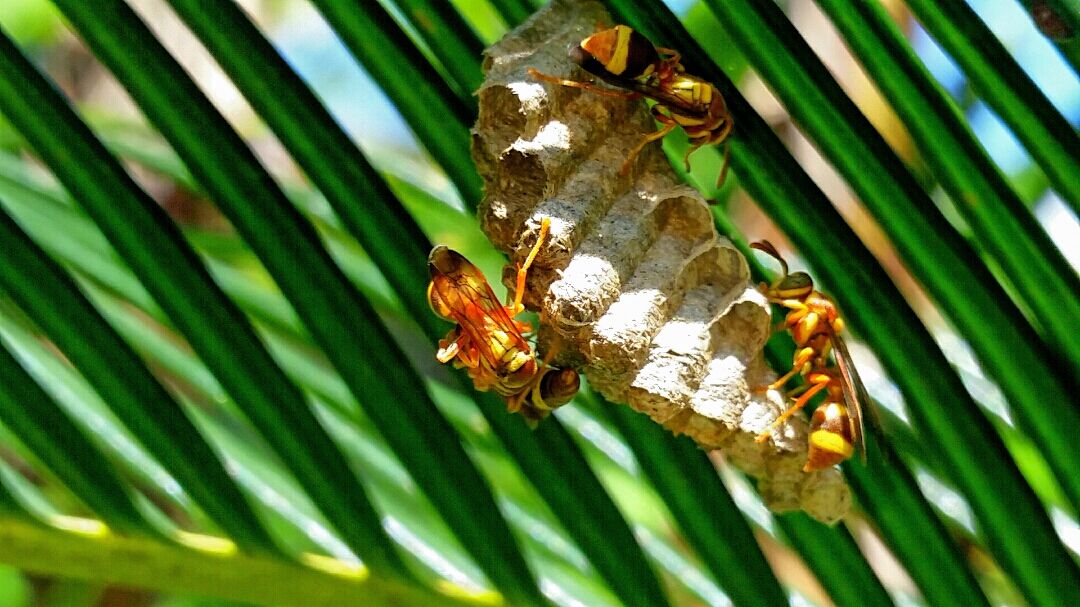
Parasites, commensals and predators
Spradbery (1973) provides a wealth of information including flop con flavipes as endoparasites; Metoecus paradoxical beetle as parasitoid larvae; And hoverfly larvae Volucella pellucens as scavengers. Large parishes large trenches and meles meles badges have been reported as predators, the latter digging cavities in the ground
Nice post. Followed you. Please follow me.
thanks bro, I've followed you too :)